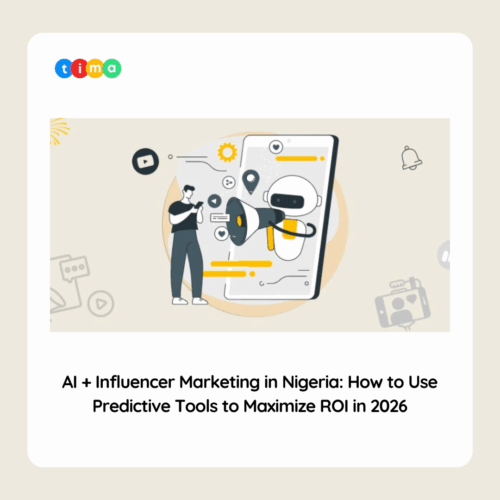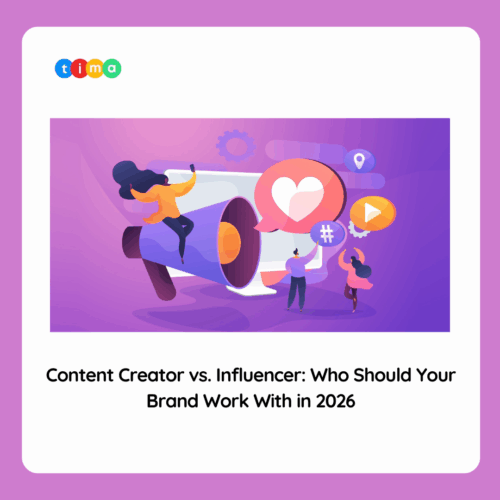Influencer marketing has evolved into one of the most impactful strategies in digital advertising. It seamlessly blends the trust influencers build with their audience and the promotional goals of brands to create an authentic bridge between businesses and consumers. With its roots in traditional celebrity endorsements, influencer marketing has adapted to the digital era, utilizing the power of social media platforms like Instagram, TikTok, and YouTube. As we look toward 2025 and beyond, influencer marketing is becoming increasingly dynamic, innovative, and data-driven.
The Fundamentals of Influencer Marketing
At its core, influencer marketing leverages the authority and reach of individuals with dedicated social media followings to promote products or services. Unlike traditional advertising methods, which can feel impersonal, influencers connect with their audiences personally, fostering trust and credibility. This connection makes their endorsements more relatable and persuasive.
Brands typically collaborate with influencers based on their following size, engagement rates, and niche relevance. There are four key categories of influencers:
- Mega-Influencers: With over 1 million followers, these influencers offer vast reach but often have lower engagement rates.
- Macro-Influencers: Ranging from 100,000 to 1 million followers, they balance large audiences with higher engagement.
- Micro-Influencers: With 10,000 to 100,000 followers, these individuals specialize in niche content and foster strong community connections.
- Nano-Influencers: Under 10,000 followers, nano-influencers are deeply trusted within their smaller, highly engaged communities.
Brands must choose the type of influencer that aligns best with their goals, whether it’s boosting brand awareness, driving sales, or generating user-generated content (UGC).
Influencer Marketing by the Numbers
Compelling statistics back the effectiveness of influencer marketing:
- Over 53% of Gen Z and Millennial consumers consider purchasing products based on influencer recommendations. This highlights the generational shift toward valuing peer-like endorsements over traditional ads.
- In 2024, 84.8% of marketers deemed influencer marketing effective, showing its sustained importance in advertising strategies.
- Brands increasingly prefer long-term partnerships, with 63.2% working with the same influencers across multiple campaigns, up from 57% in 2022.
Interestingly, smaller influencers are gaining traction, with brands collaborating with 33% more micro-influencers annually. These collaborations are driven by a focus on authenticity and cost-efficiency.

Trends Shaping Influencer Marketing in 2025
The future of influencer marketing is influenced by emerging trends and innovations that are reshaping the industry. Here are some key developments to watch:
1. Niche Influencers on the Rise
As brands prioritize authenticity, niche influencers are gaining prominence. These creators cater to specific communities, whether it’s eco-conscious consumers, tech enthusiasts, or fitness buffs. By focusing on niche markets, brands can engage with highly targeted audiences that resonate deeply with their messaging.
2. Demand for Genuine Voices
Modern consumers are increasingly discerning and quick to identify inauthentic content. As a result, the demand for influencers who genuinely believe in the products they endorse is rising. Brands are now emphasizing transparent collaborations, prioritizing influencers who can share real-life experiences with the products or services they promote.
3. Long-Term Collaborations
One-off campaigns are being replaced by long-term partnerships. These relationships allow influencers to integrate brand messaging more naturally into their content over time, creating a sense of consistency and trust among their followers.
4. Complex Content and Strategic Storytelling
Simple promotional posts are no longer sufficient. Influencers are expected to craft engaging, multi-layered stories around products or services. Strategic storytelling helps brands connect with audiences emotionally, making their campaigns more memorable and impactful.
5. Growth of Social Commerce
Social media platforms are increasingly integrating e-commerce features, enabling seamless shopping experiences directly within apps. Influencers play a crucial role in this shift by showcasing products in real-time and providing direct links to purchase. Features like Instagram Shops and TikTok’s shopping tools are central to this trend.
6. Blending Digital and Physical Marketing
The line between digital and physical marketing continues to blur. Influencers are hosting in-person events, pop-up shops, and experiential campaigns that complement their online efforts. This hybrid approach enhances engagement and fosters deeper connections with audiences.
7. AI-Driven Influencer Matching
Artificial intelligence is revolutionizing how brands identify and collaborate with influencers. AI tools analyze vast amounts of data to match brands with influencers whose audiences align with their target demographics. This ensures campaigns are not only effective but also efficient.
8. AI-Powered Content Creation
AI tools are being leveraged to enhance influencer content. From generating ideas to editing videos, AI streamlines the creative process, enabling influencers to produce high-quality content quickly. Brands also use AI to personalize campaigns, ensuring relevance to specific audience segments.
9. Visual Search and Integration
As visual search technology becomes more prevalent, influencers are using platforms like Pinterest and Google Lens to create shoppable content. This trend empowers users to discover and purchase products seamlessly through visual cues.
10. Virtual Influencers and Avatars
The rise of virtual influencers is transforming the industry. These digital personalities offer brands a unique way to engage audiences, often bypassing traditional limitations like location or scheduling conflicts. While they lack human authenticity, their controlled narratives appeal to brands prioritizing consistency and precision.
11. Focus on Sustainability and Social Responsibility
Consumers increasingly expect brands and influencers to champion sustainability and social causes. Collaborating with influencers who advocate for environmental conservation, mental health, or diversity initiatives allows brands to connect with socially conscious audiences and showcase their values.
Key Challenges in Influencer Marketing
Despite its growth, influencer marketing is not without challenges:
- Discrimination and Online Harassment: Over half of influencers face discrimination online, with platforms like TikTok being particularly problematic.
- Detecting Fake Influencers: The rise of bogus accounts and engagements has made it essential for brands to verify influencer authenticity.
- Measuring ROI: While 80% of brands track sales from influencer campaigns, determining precise ROI remains a challenge. Common tracking methods include referral links, coupon codes, and unique email sign-ups.
Best Practices for Brands
To succeed in influencer marketing, brands should:
- Set Clear Objectives: Define whether the goal is brand awareness, user-generated content, or direct sales.
- Focus on Relationships: Building long-term relationships with influencers fosters trust and consistency.
- Leverage Data: Use analytics tools to identify the right influencers and measure campaign performance.
- Prioritize Authenticity: Collaborate with influencers who genuinely align with the brand’s values and messaging.
- Experiment with Formats: Incorporate a mix of short videos, stories, and interactive content to maximize engagement.
- Adapt to Platform Trends: Stay updated with evolving social media algorithms and features to optimize reach.
Conclusion
Influencer marketing is set to remain a cornerstone of digital advertising in 2025 and beyond. With advancements in AI, the rise of niche and virtual influencers, and the integration of social commerce, brands have unparalleled opportunities to connect with audiences in meaningful ways. By staying adaptable, prioritizing authenticity, and embracing innovation, businesses can leverage the power of influencer marketing to drive growth and build lasting relationships with consumers. The future promises an exciting blend of creativity, technology, and human connection in the ever-evolving world of digital influence.









